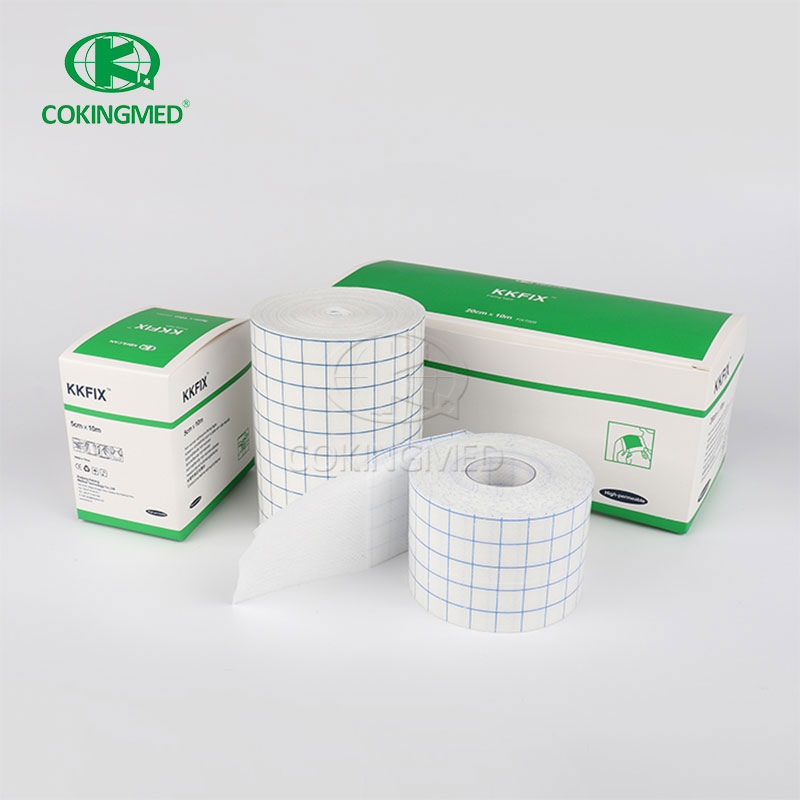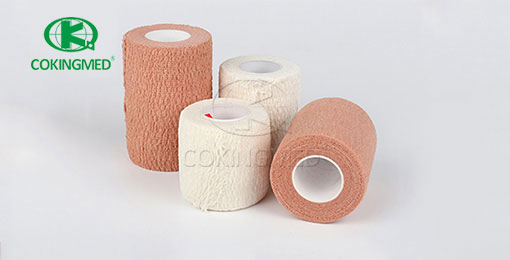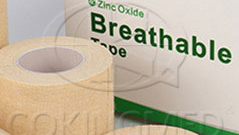What is non-woven fabric?
The exact name of non-woven fabric should be non-woven fabric, or non-woven fabric. Because it is a kind of fabric that does not need to be spun and weaves, it just aligns or randomly arranges textile short fibers or filaments to form a web structure, which is then reinforced by mechanical, thermal bonding or chemical methods. Non-woven fabric breaks through the traditional textile principle, and has the characteristics of short process flow, fast production speed, high output, low cost, wide use, and multiple sources of raw materials.
Advantages of non-woven fabrics:
Non-woven fabrics have many advantages: 1) breathability, 2) filtration, 3) heat preservation, 4) water absorption, 5) water resistance, 6) stretchability, 7) not messy, 8) good touch, soft, 9) light and 10) flexible and can Restoration 11) There is no directionality of the fabric 12) Compared with woven cloth, it is more productive and faster. 13) The price is low, and it can be mass-produced.

Its main uses can be roughly divided into:
(1) Medical and sanitary non-woven fabrics: surgical gowns, protective clothing, disinfection wraps, masks, diapers, civilian wipes, wipes, wet face towels, magic towels, soft towel rolls, beauty products, sanitary napkins, sanitary care Pads, disposable sanitary cloths, etc.;
(2) Non-woven fabrics for garden decoration: wall coverings, table cloths, bed sheets, bedspreads, etc.;
(3) Non-woven fabrics for clothing: lining, fusible interlining, wadding, shaped cotton, various synthetic leather base fabrics, etc.;
(4) Industrial non-woven fabrics; filter materials, insulating materials, cement packaging bags, geotextiles, covering fabrics, etc.;
(5) Agricultural non-woven fabrics: crop protection cloth, seedling raising cloth, irrigation cloth, thermal insulation curtain, etc.;
(6) Other non-woven fabrics: space cotton, thermal insulation materials, linoleum, cigarette filters, tea bags, etc.

Classification of non-woven fabrics
1. Spunlace non-woven fabric
The spunlace process is to spray a high-pressure fine water stream onto one or more layers of fiber webs to entangle the fibers with each other, so that the fiber webs can be reinforced and have a certain strength.
2. Heat-sealing non-woven fabric
Thermal bonding non-woven fabric refers to adding fibrous or powdery hot-melt bonding reinforcement material to the fiber web, and the fiber web is heated, melted and cooled to be consolidated into a cloth.
3. Pulp air-laid non-woven fabric
Airlaid non-woven fabrics can also be called dust-free paper and dry-laid non-woven fabrics. It uses air-laid technology to open the wood pulp fiberboard into a single fiber state, and then uses air-flow method to agglomerate the fibers on the web curtain, and then reinforce the fiber web into a cloth.
4. wet-laid non-woven fabric
The wet-laid non-woven fabric is to open the fiber raw materials placed in the water medium into single fibers, and at the same time mix different fiber raw materials to form a fiber suspension slurry, which is transported to a web forming mechanism, and the fibers are formed into a web in a wet state. Reinforce into cloth.
5. spunbond non-woven fabric
Spunbond non-woven fabrics are formed after the polymer has been extruded and stretched to form continuous filaments, the filaments are laid into a net, and the fiber net is then bonded by itself, thermally bonded, chemically bonded or mechanically reinforced to make The web becomes a non-woven fabric.
6. melt blown non-woven fabric
The process of melt-blown non-woven fabric: polymer feeding --- melt extrusion --- fiber formation --- fiber cooling --- netting --- reinforcement into cloth.
7. needle punched non-woven fabric
Needle-punched non-woven fabrics are a kind of dry-laid non-woven fabrics. Needle-punched non-woven fabrics use the puncture effect of needles to reinforce the fluffy web into a fabric.
8. Stitched non-woven fabric
Stitched non-woven fabrics are a kind of dry-laid non-woven fabrics. The stitching method uses a warp-knitted loop structure to bond fiber webs, yarn layers, non-woven materials (such as plastic sheets, plastic thin metal foils, etc.) or their combination The body is reinforced to make a non-woven fabric








